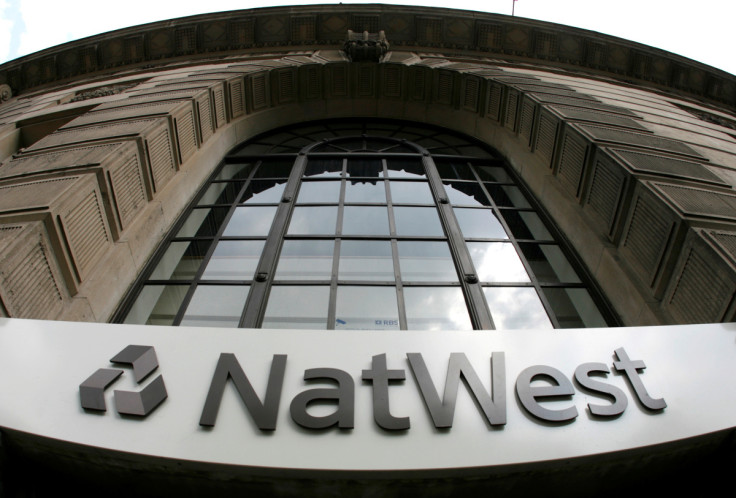
In a recent announcement during the Autumn Statement in Parliament, Chancellor Jeremy Hunt disclosed the UK government's intention to explore options for divesting its remaining 38.6 per cent stake in NatWest Group.
This move signals a significant shift as the government plans to invite the public to participate in the share offering, potentially marking a return to the privatisation approach of the 1980s.
The chancellor expressed his commitment to exploring a retail share offer within the next 12 months, contingent upon favourable market conditions and ensuring value for money. This approach, in contrast to previous sales primarily reserved for financial institutions, opens the opportunity for individual investors to acquire NatWest shares.
Hunt, drawing parallels with the privatisations of the 1980s, said that "it's time to get Sid investing again", referring to the campaign that accompanied the sale of British Gas shares to retail investors.
As of Wednesday, NatWest shares closed down by 1.4 per cent at 204.2p, reflecting a year-to-date loss of 25 per cent and a current market value of £18 billion. The government initially acquired an 84 per cent stake in the bank during the 2008 financial crisis, injecting £45.5 billion into the institution, then known as Royal Bank of Scotland.
Since the financial crisis, the government has gradually reduced its stake through six block sales, with the most recent in May amounting to £1.26 billion. This sale lowered the government's shareholding to 38.6 per cent, marking the first time it fell below 40 per cent since the 2008 bailout.
Notably, the shares were sold at 268.4p each, nearly half the 500p paid for them in 2008, highlighting the challenges faced by the government in recovering its initial investment.
Susannah Streeter, Head of Money and Markets at analysts Hargreaves Lansdown, welcomed the move to include retail investors, noting that they had been excluded from previous sales.
She highlighted the significance of broadening investment opportunities for retail investors and underlined that further sales could bring NatWest closer to full public ownership, ultimately concluding the crisis-driven actions taken during the financial turmoil.
The government has reiterated its commitment to fully privatise NatWest Group by 2025-26, setting a timeframe that exceeds the pace observed in the Lloyds Banking Group's divestment. Lloyds, which received a £20.3 billion bailout during the financial crisis, completed its journey to full privatisation in 2017.
In contrast, the NatWest share price has struggled over the past decade, trading at approximately half the average price of the bailout. This prolonged recovery process aims to minimise taxpayer losses and ensure a responsible approach to returning the bank to private ownership.
It is worth noting that Lloyds, in 2016, abandoned a previous plan for a retail offering to the public and opted to sell its remaining stake on the stock market. This decision was made at prices below the average 73.6p per share that taxpayers paid for their stake, highlighting the challenges and complexities involved in these large-scale financial transactions.
A spokesperson for NatWest emphasised that decisions regarding share sales are within the purview of the government. The bank expressed support for the government's commitment to returning NatWest Group to private ownership, aligning it with the best interests of the institution and its shareholders.
NatWest delivered a sobering announcement, downgrading its profitability outlook and citing intensified competition for savers' funds, exerting significant pressure on its financial health. This revelation promptly triggered a notable decline in the bank's shares, causing concern among investors.
The pivotal factor behind investor concern was NatWest's forecasted reduction in its net interest margin (NIM). This metric, pivotal in measuring banks' profitability, reflects the disparity between interest charged on mortgages and interest accrued from savings.
NatWest elucidated that it faced escalated payouts to savers who transitioned their funds from current accounts to fixed-term savings accounts offering more attractive interest rates. This migration of funds had been further compounded by a concurrent reduction in mortgage rates.
The deliberate reduction in mortgage rates aimed to stimulate borrower interest among those deterred by elevated borrowing costs.







